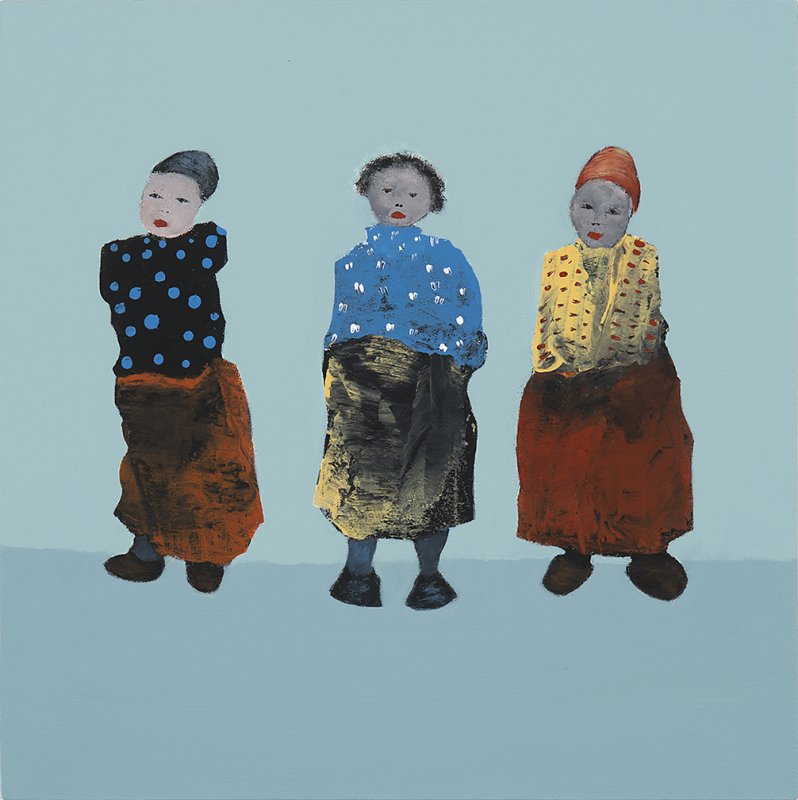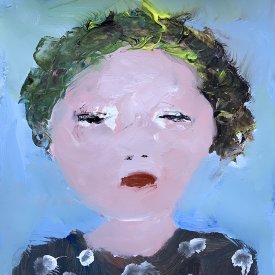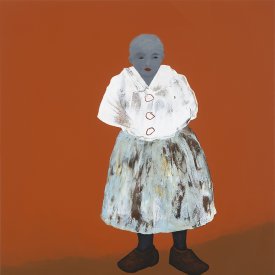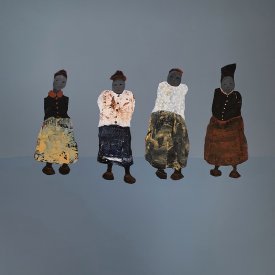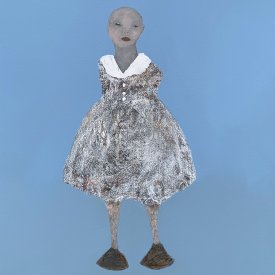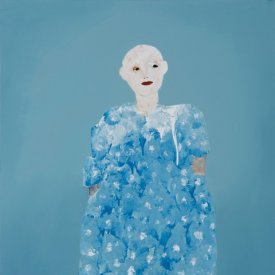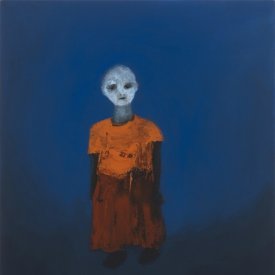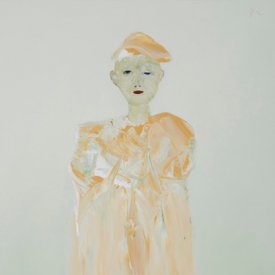Artist Statement
CVExplorations with Rust
I am fascinated by rust. Rust’s various seductive colors, ranging from black-brown to red-orange to brilliant yellow-tangerine, express a beauty intrinsic to its destiny of complete decay.
For most of us, coming in contact with rust elicits words like erosion, disrepair, deterioration, corrosion and oxidation. Given suf cient time, oxygen, water and iron combine, convert to rust and disintegrate. What was once a shiny surface becomes aky, crumbly and brittle.
I am preoccuppied with time. It is, after all, the clock of the human condition. Could rust, with its slow decaying properties and process serve as a beautiful metaphor for our lives? Might it symbolize the journey from birth to death, from ignorance to knowing, from innocence to harsh reality?
Rust can certainly stand as a metaphor for aging - for a life intensely lived and exposed, a sign of wisdom and erosion of the ego. Can rust stand for the dignity and beauty of our experience as a species and of life’s fragility and limitations? On another level, can corrosive thought patterns and behaviors weaken the immune system and make our bodies more susceptible to chronic diseases and disorders? Can this sort of rust potentially lead to a body’s ultimate breakdown and demise?
These are some of the questions I’ve asked myself while working on the “Exploration with Rust” series.
My process for creating the rust paintings begins with taping together three sheets of paper to create a larger surface. Next, I apply the rust solution with a large brush, making quick gestural marks and drips. Once the rust is activated with peroxide, golden colors start to emerge. At this point, I randomly spray sumi ink into the mixture, adjusting the nozzle slightly to create additional patterns and contrast.
The randomness that I am seeking to interact with gradually unfolds. I nd the fact that I am not in control exciting and inspiring. As the chemical reaction progress, I am challenged to approach the painting from a fresh point of view each time.
When activated rust and ink has dried, the work is ready for the nal step. With a large brush in one hand and a bucket of gesso in the other, I utilize a process of elimination, painting away what I deem
in unneccessary. I circle around the paper, turn it upside down, closely observing and studying what is happening in front of me, how the composition changes depending on the point of view. I am waiting for the gures to reveal themselves. Where is the head? Where is the torso? Can I detect where the arms might be? Sometimes I see it in an instant, other times I have to persuade and coax the gure into being.
My hope is to communicate that despite the randomness and seeming chaos at the beginning, an image eventually appears, the painting evolves and a structured outcome is nally reached.
Rust diminishes, life diminishes, and despite the physical breakdown a stubborn spiritual core survives.
I’ve seriously considered painting a burden, though I do consider it my only means of understanding the world, and, in fact my only means of feeling at home in the world. I don’t know what I feel and think until I paint. Painting is my only means of bringing each day about – making peace with myself and creating a place in which I fit into. I try to turn my external environment into an inward reality – it’s one of the things that makes me – it takes from me and it gives to me.
The human figure is the vehicle with which I can most positively relate. I’m preoccupied, fascinated and curious about the solitariness and mysteriousness of human beings. The more developed my curiosity becomes, the more acute, the more complicated, complex and suggestive the world around people becomes. I am also driven and guided by sensory impressions: noise, color, texture, smell, shapes, expressions, tone, language and light.
I don’t approach the canvas with a particular image in my mind. I go to it with pigment in my hands and do something to that piece of material in front of me, then work almost at random until the image begins to assert itself. This action depends on the imponderable and I welcome the accidental – it creates an arena in which to act. The questions that I always ask are: what do you want to be, what do you want from me and what do you want me to do. Sometimes the painting becomes the answer – in other words, I am not trying to prove anything. I am the one who is learning.
